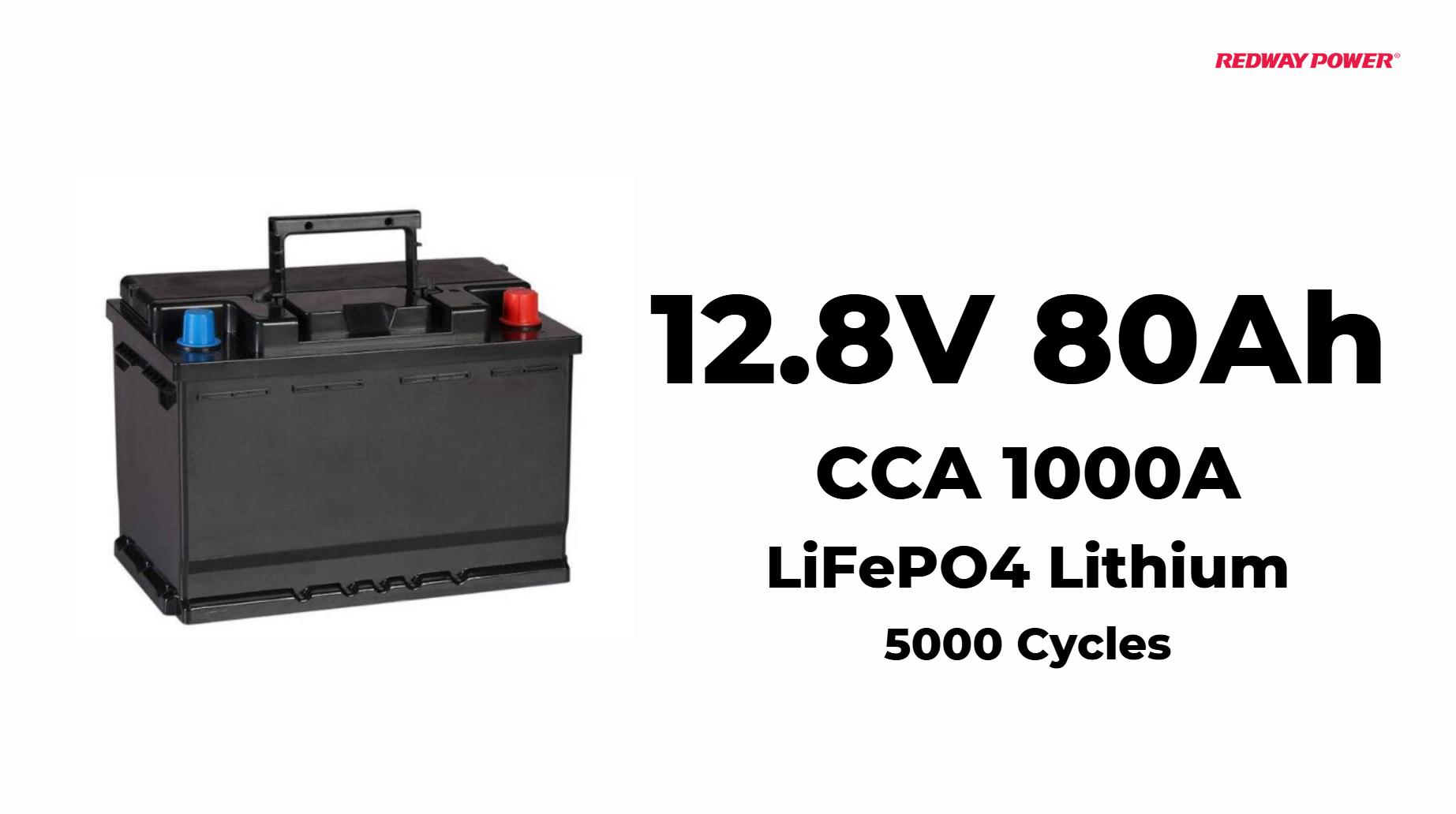
How to Diagnose and Resolve Car Battery Warning Lights
The car battery warning light is a crucial indicator of your vehicle’s electrical health, alerting you to potential issues with the battery or charging system. When illuminated, it typically signifies that your car’s battery is not receiving adequate charge, which could lead to serious performance problems if left unaddressed.
What does the car battery warning light indicate?
The car battery warning light indicates that there is a problem with your vehicle’s electrical system, often related to the battery or alternator. It may signify that the alternator is not charging the battery properly or that there is a fault within the battery itself, such as being old or damaged.
| Indicator | Meaning |
|---|---|
| Illuminated Light | Potential charging system failure or weak battery. |
| Blinking Light | Intermittent issue, may require immediate attention. |
What are the common triggers for the battery warning light?
Several common triggers can cause the battery warning light to illuminate:
- Faulty Alternator: If the alternator fails, it will not recharge the battery.
- Corroded Connections: Corrosion on terminals can impede electrical flow.
- Loose Cables: Loose or damaged cables can disrupt power supply.
- Battery Age: An aging or defective battery may no longer hold a charge effectively.
| Trigger | Description |
|---|---|
| Faulty Alternator | Prevents proper charging of the battery. |
| Corroded Connections | Reduces electrical conductivity. |
| Loose Cables | Disrupts power flow to critical systems. |
| Aging Battery | Decreased capacity and reliability over time. |
How should you respond when the battery warning light comes on?
When you notice that your battery warning light is illuminated:
- Safely Pull Over: Find a safe location to stop your vehicle.
- Turn Off Non-Essential Accessories: Reduce load by turning off lights and electronics.
- Inspect for Visible Issues: Look for corrosion, loose cables, or other obvious problems.
- Consult a Mechanic: If unsure about how to proceed, seek professional assistance.
What steps can you take to diagnose battery issues?
To diagnose potential issues related to your car’s battery:
- Visual Inspection: Check for corrosion around terminals and ensure all connections are tight.
- Use a Multimeter: Test voltage output from both the battery and alternator; a healthy system typically shows 12.6 volts or more when off and 13.7-14.7 volts when running.
- Examine Battery Condition: Look for signs of swelling, leaks, or physical damage.
| Diagnostic Step | Purpose |
|---|---|
| Visual Inspection | Identify visible damage or corrosion. |
| Voltage Testing | Assess functionality of both battery and alternator. |
| Condition Check | Determine if replacement is necessary. |
How can you reset the battery warning light after resolving issues?
After addressing any underlying issues:
- Disconnect and Reconnect Battery: This can reset many dashboard indicators.
- Check Vehicle Manual: Some vehicles have specific procedures for resetting warnings.
- Consult a Mechanic: If unsure, professional help can ensure proper reset without affecting other systems.
Industrial News
Recent advancements in automotive technology have led to improved diagnostic tools for identifying issues related to car batteries and charging systems. Manufacturers are now integrating smart sensors in batteries that provide real-time data on their health status, allowing drivers to address potential problems proactively before they escalate into serious issues.
Expert Views
“Understanding your vehicle’s electrical system is crucial for maintaining its reliability,” states automotive expert Jane Smith. “Regular checks and prompt responses to warning lights not only extend your car’s lifespan but also enhance safety on the road.”
FAQ Section
What should I do if my car’s battery light comes on while driving?
Safely pull over, turn off non-essential accessories, inspect for visible issues, and consult a mechanic if necessary.
Can I drive my car with the battery warning light on?
It’s not advisable; driving with this light illuminated may lead to complete power loss.
How often should I check my car’s electrical system?
It’s recommended to check at least once every month or before long trips.This comprehensive guide provides essential insights into diagnosing and resolving issues related to your car’s battery warning light while emphasizing preventive measures for maintaining optimal vehicle performance.
